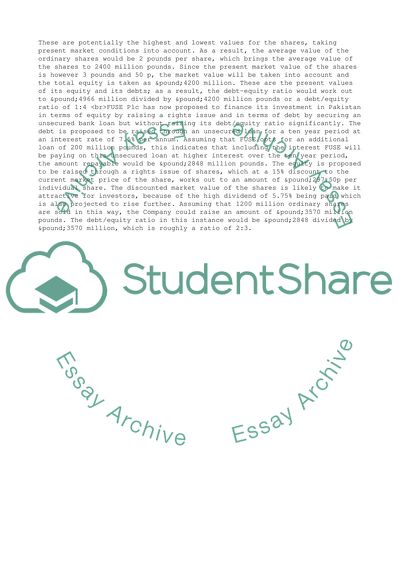Cite this document
(The Investment of FUSE Plc Case Study Example | Topics and Well Written Essays - 2500 words - 1, n.d.)
The Investment of FUSE Plc Case Study Example | Topics and Well Written Essays - 2500 words - 1. Retrieved from https://studentshare.org/business/1739638-international-business-finance
The Investment of FUSE Plc Case Study Example | Topics and Well Written Essays - 2500 words - 1. Retrieved from https://studentshare.org/business/1739638-international-business-finance
(The Investment of FUSE Plc Case Study Example | Topics and Well Written Essays - 2500 Words - 1)
The Investment of FUSE Plc Case Study Example | Topics and Well Written Essays - 2500 Words - 1. https://studentshare.org/business/1739638-international-business-finance.
The Investment of FUSE Plc Case Study Example | Topics and Well Written Essays - 2500 Words - 1. https://studentshare.org/business/1739638-international-business-finance.
“The Investment of FUSE Plc Case Study Example | Topics and Well Written Essays - 2500 Words - 1”, n.d. https://studentshare.org/business/1739638-international-business-finance.


